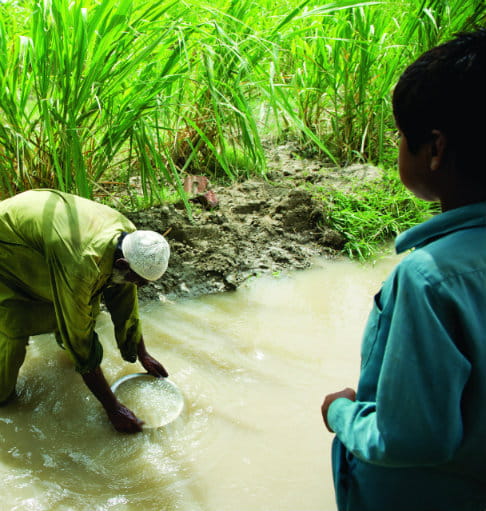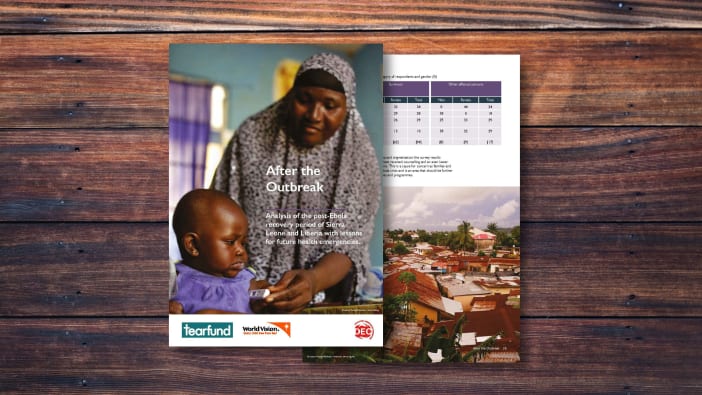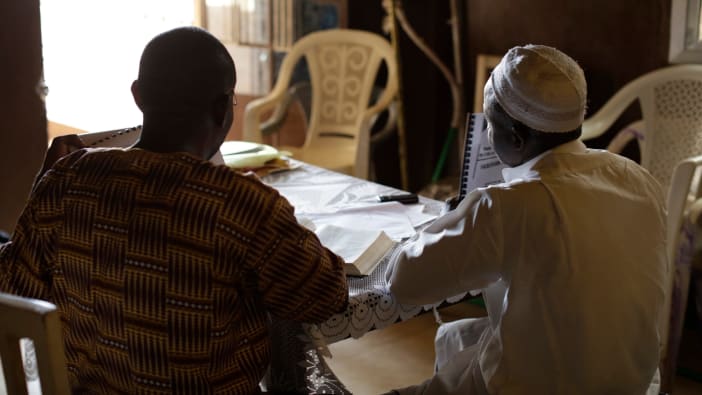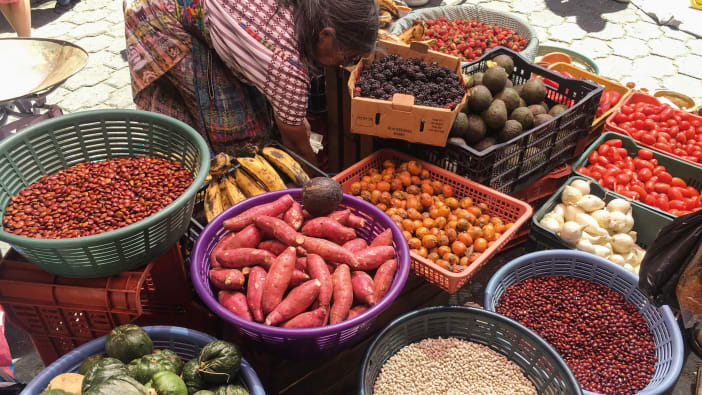The response to HIV is changing. We are moving from programmes specifically tackling HIV to responses that include HIV but also address other issues. Some people refer to this as ‘HIV mainstreaming’.
What is mainstreaming?
HIV mainstreaming just means thinking about HIV in all of our development responses. It means seeing people living with HIV as a unique group within any community programme, whether it is dealing with food security, livelihoods, WASH (water, sanitation and hygiene) or another sector.
Mainstreaming means understanding that people living with HIV have additional needs to the wider community. These needs may not be met unless we specifically address them. By mainstreaming HIV, we not only improve our response for people living with HIV, but we also avoid damaging the results of development programmes by ignoring this special group.
More than 36 million people worldwide were living with HIV at the end of 2014. In sub-Saharan Africa, nearly 1 in 20 people are HIV-positive. If you are a development professional working in a community, it is very likely that you are working with people living with HIV.
Practical ideas for HIV mainstreaming
Consider these suggestions for ways to integrate HIV more meaningfully into your work.
1. Programme design Have you consulted with groups of people living with HIV to understand any specific needs they may have within the programme?
2. Monitoring and evaluation Have you included HIV-specific indicators in your monitoring and evaluation framework? (You can find examples of indicators on page 27 of the Trócaire resource listed below.)
3. Organisational capacity Does your organisation have a workplace HIV policy? Are your staff trained to understand issues related to HIV? Do you have access to additional technical support on HIV if needed?
4. Inclusion Have you considered marginalised groups? People living with HIV can often be marginalised in general, but there are also specific groups of people living with HIV who are even more severely affected by stigma. These groups include sex workers, injecting drug users, men who have sex with men, migrant workers and the LGBT (lesbian, gay, bisexual and transgender) community.
5. Basic needs How are people meeting their basic needs (housing, education, health care and food security)? Do people living with HIV have any specific needs that frequently are not being met?
6. Understanding vulnerability Does the community you are working with understand what makes a person vulnerable to HIV infection? How confident are people to address these vulnerabilities themselves?
7. HIV services What services are available for people living with HIV? How can you develop ways of referring people to these services?










